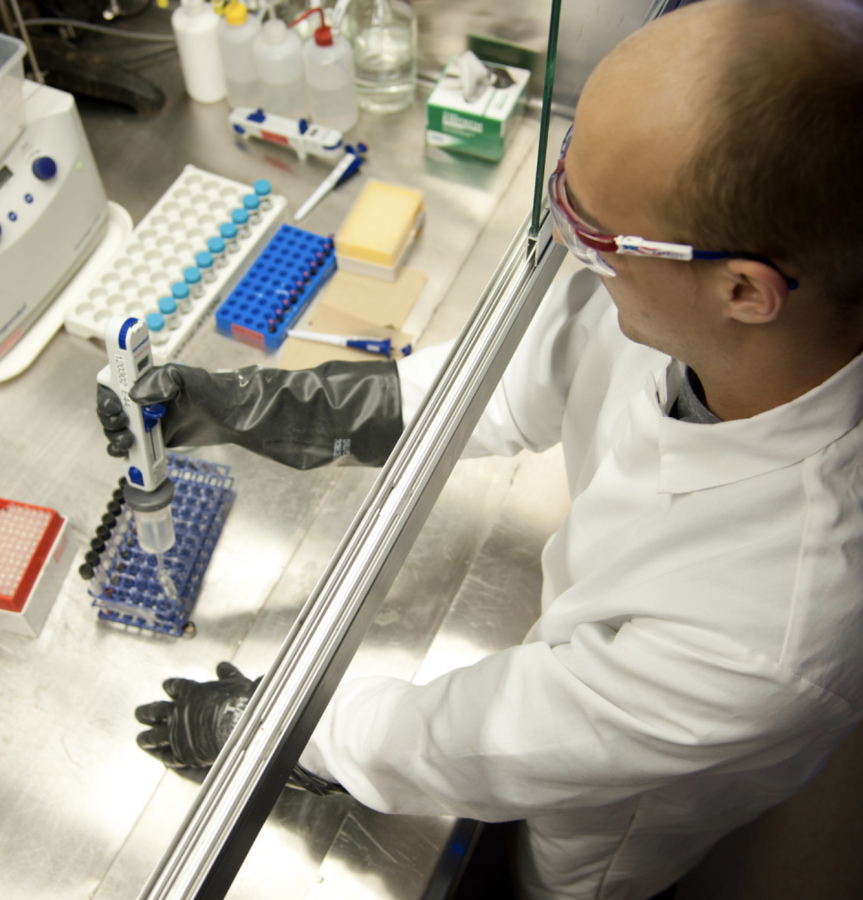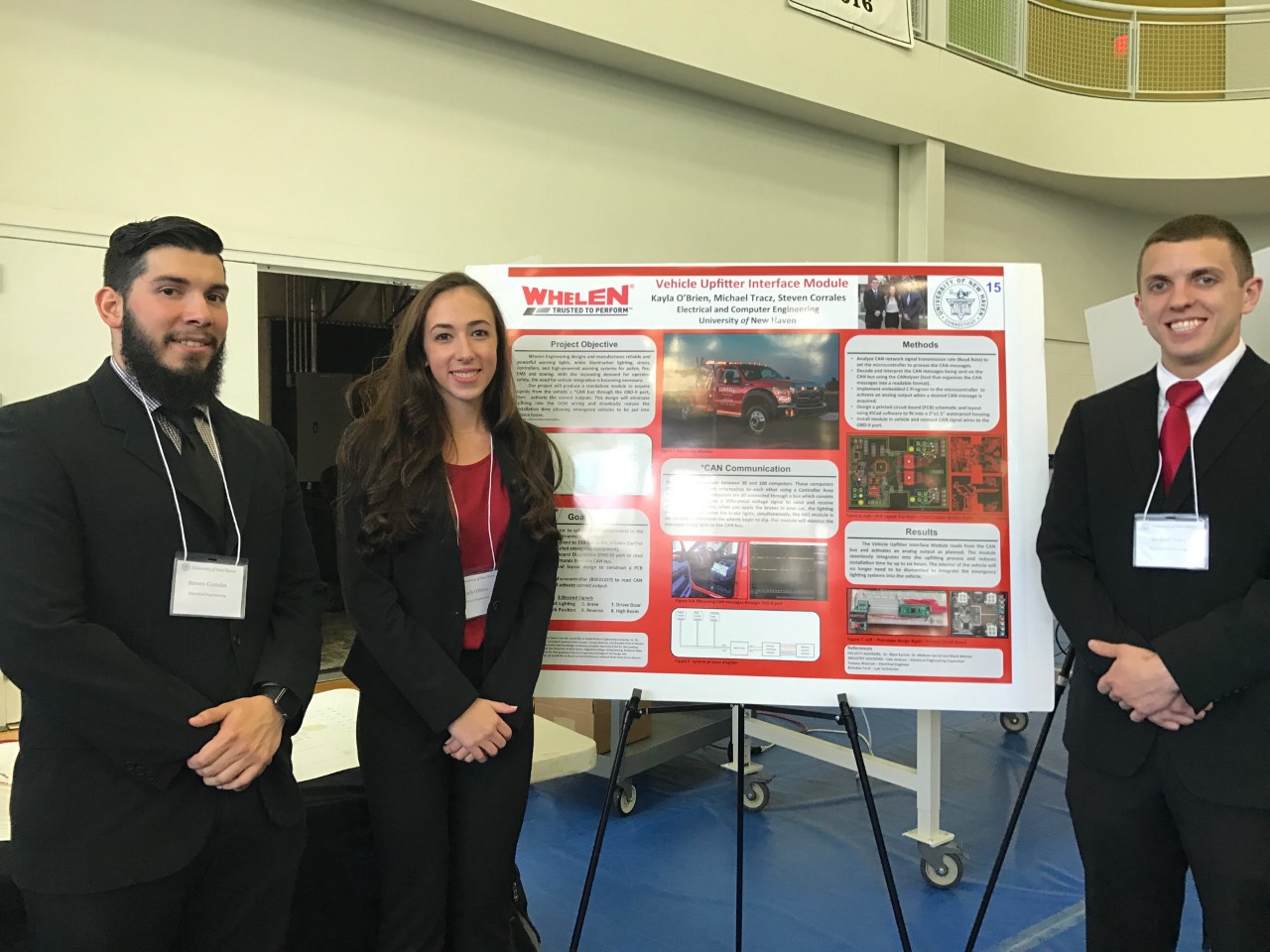By generating a new gene in chickens that created a “lure” molecule, mimicking a specific and vital element, scientists and researchers have come up with a way to transform these birds, without having to deal with the bird flu reaching out to other birds.
Accomplishing such a great deal of achievement gave these successful researchers (from the Universities of Cambridge and Edinburgh in the United Kingdom) proof that the spread of flu contaminations in both birds and humans can finally be reduced, or possibly come to an end.
Even when this risk is usually low to infect humans, there have been some rare cases of people getting it in 1997. With that said, Dr. Laurence Tiley, from the University of Cambridge emphasized the affect chickens have on other birds and humans. “Chickens are potential bridging hosts that can enable new strains of flu to be transmitted to humans. Preventing virus transmission in chickens should reduce the economic impact of the disease and reduce the risk posed to people exposed to the infected birds.”
Tiley also stated according to the Associated Press, “The genetic modification we describe is a significant first step along the path to developing chickens that are completely resistant to avian [bird] flu. These particular birds are only intended for research purposes, not for consumption.”
When scientists were conducting these research experiments on the chickens, they intended to infect these animals with the bird flu, causing them to become sick. However, in the end, the virus was not spread, resulting in a cure to this illness, before it could reach out to others.








